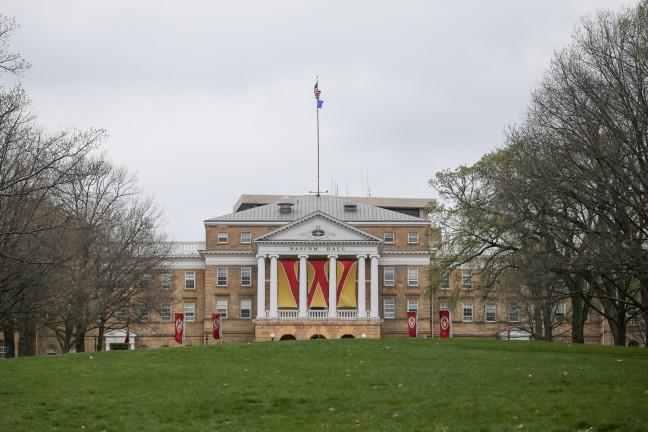As far as rankings go, recent figures show University of Wisconsin’s party school ranking is higher than its economic diversity rating.
The New York Times College Access Index ranking of economic diversity raises important questions about the economic diversity of UW, which ranked 116th out of 179 universities.
The index examines universities’ economic diversity on three criteria: the number of Pell Grant students who attend a university, the total cost these students pay in terms of tuition and other costs and the number of Pell Grant students who graduate.
According to Director of the Wisconsin Center for the Advancement of Postsecondary Education Noel Radomski, the number of Pell Grant students who attend UW has been on a decline since 1992. This has given rise to questions about the types of students UW should aim to bring to the university, Radomski said.
In comparison to UW’s mission statement, which strives to create a diverse student body, Radomski said the numbers don’t ring the statement true.
“If you look at the middle school, high school population in the state of Wisconsin, it’s full of low-income students, which is the largest percentage that are coming of age to go to college,” Radomski said.
Though the data may be accurate, UW Vice Provost for Enrollment Management Steve Hahn said it is important to note the ranking does not necessarily portray UW’s economic diversity.
UW’s determination of economic diversity is a broader image that takes many factors into consideration, Hahn said.
“The ranking doesn’t complete the whole picture,” Hahn said. “It’s kind of like a slice in terms of recognizing our economic diversity at UW.”
UW has a relatively large group of students that missed the cutoff for being eligible for a Pell Grant, Hahn explained. These students, though above eligibility, still have a need for financial aid and therefore receive institutional aid to supplement their ineligibility for the Pell Grant.
Additionally, transfer students are more eligible for Pell Grants. Transfer students, however, are not always included in the federal calculation of graduates rates and rate cohort, Hahn said.
But one question remains, a question that Radomski asked in his blog: Does this ranking matter?
According to Hahn, the answer is yes.
Rankings are all important as long as the definition behind the creation of the rankings is understood, Hahn said.
Though UW didn’t rank as highly as it would have liked, the ranking caught the university’s and public’s attention, Hahn said.
“This particular ranking is important for the public, administrators, staff, faculty and everybody because it keeps the question of access in the front of the mind,” Hahn said. “It is an important question and there is very little that’s more important to [UW] then making sure we can provide access to everyone who is qualified to be here.”
A previous version of this article misspelled Noel Radomski’s last name. The Badger Herald regrets this error.


